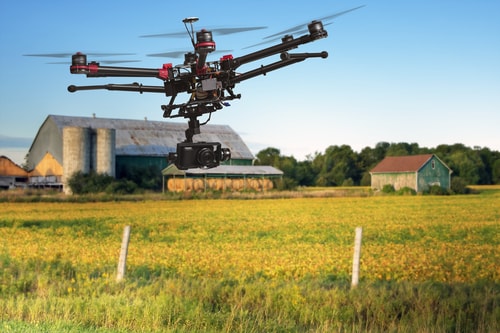Opportunities and challenges for drone crop scouting
Andrea Gal
Managing Editor, Integrated Media
Farms.com
In mid-June, the American Federal Aviation Administration released updated rules for commercial drone use. These rules will impact farmers using drone imagery.

Notably, commercial drone users can now be non-pilots. These users, however, must be at least 16 years old and pass an aeronautical awareness test. The formal test process has yet to be implemented.
According to the old rules, the pilot had to be accompanied by an observer. With the new regulations, an additional person is not required. But the pilot must still be able to see the drone at all times – which can be a challenge with scouting corn crops, according to Philip Stiles, a lawyer and drone business owner.
Commercial drones need to stay below a flight height of 400 feet. And operators need to report all accidents and missing drones.
The regulations will be in effect this August. Stiles expects more regulations will develop as the industry continues to evolve.